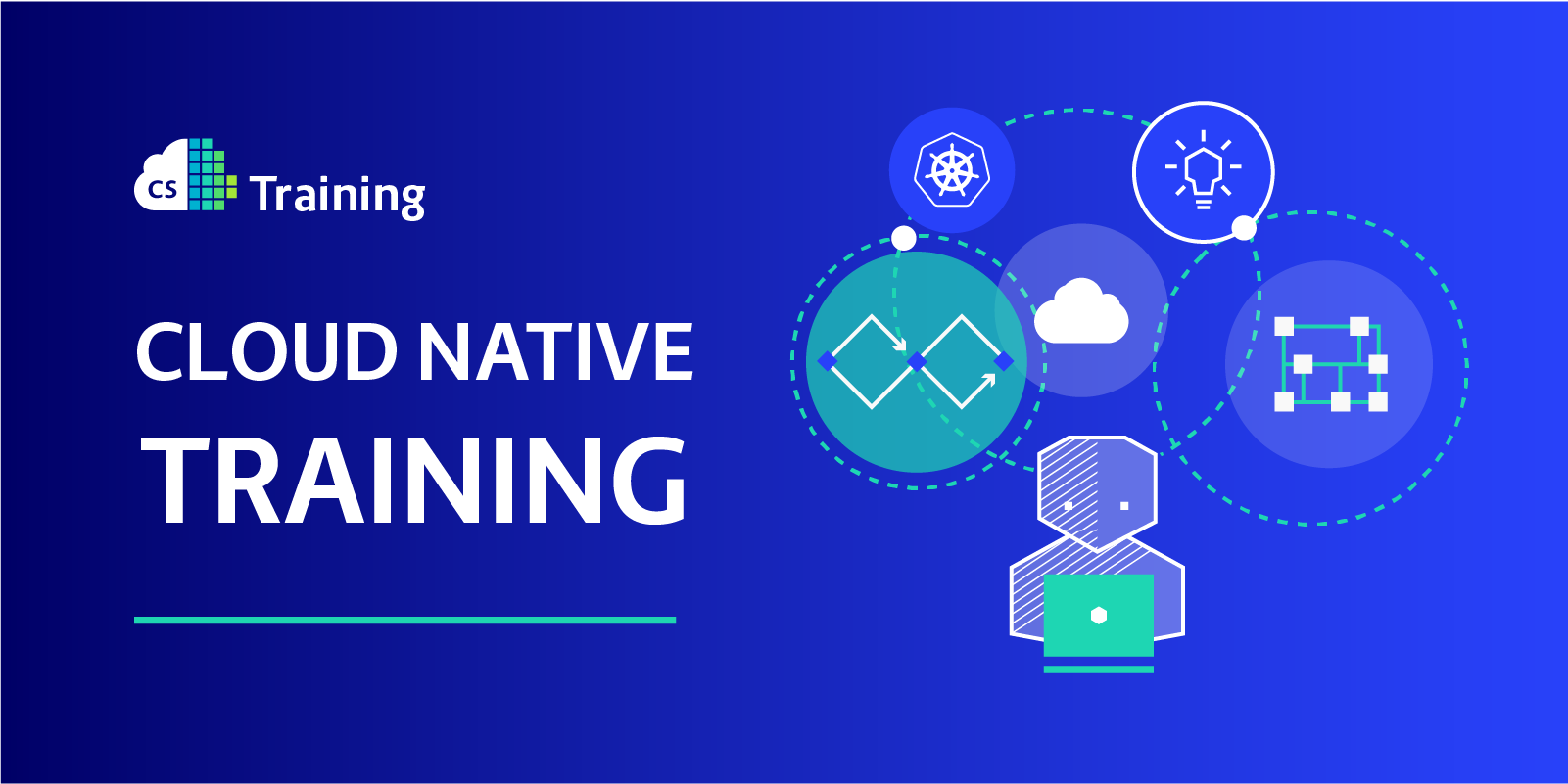Who would you assume ‘performs better’? Someone who’s available to address your issues immediately, or someone who occasionally goes offline and is often unavailable to address your immediate needs?
Many of us are working remotely and we feel the need—or our managers feel the need—to keep connected. Which means lots of video calls.
Video calls are the new open-plan office. Both are cognitively demanding and take away the precious resources required to deliver high-quality work—including the ability to focus for long periods of time.
The importance of focus and concentration for productivity has been extensively covered in Deep Work, a book by Cal Newport, an associate professor of computer science at Georgetown University
Minimising video calls does not mean a drop in efficiency and collaboration. We want to keep being productive and engage with our team members. At the same time we need to protect our health and limited energy for delivering projects.
That’s why, this summer, our company implemented Meeting-Free Wednesdays: a day free of video conferencing, allowing concentration and deep work.
‘It’ll Be Really Quick!’
Video calls have become the default communication, but they are not as useful as we think. Here’s what a couple of common expressions really mean:
‘Can we get on a call to talk about it? It’ll be really quick!’
It may be as quick as promised, but a video call is fleeting, and therefore often not very useful for an ongoing project. Prioritising other means of communication—such as through documentation, diagrams, and Slack threads, means that the context is captured, refined, organised, and delivers immediate, long-term value for the project.
While written communication can be easily captured and categorised, verbal communication is less organised and structured by nature.
We need to use tools we already have and be smart and considerate about how we use them.
‘Can you hear me? There's a lot of background noise …"
Not everyone can afford top-of-the-class communication hardware—microphones and video cameras—or work remotely in a noise-free environment.
Unlike actual conversations, the audio feed on a video call is heavily compressed, which means two things:
- Everyone speaks at the same volume
- Background noises (like fans, children, or renovation work in the next-door apartment) get amplified.
The former is an issue because it doesn’t allow parallel conversations. Have you missed a sentence? Just ask your colleague quietly and get back up to speed. That’s impossible in the video call.
The latter is more straightforward. In order to understand someone, you have to filter out the noise, which in itself is a cognitively demanding activity. Apart from that, a whole lot of communication cues are missing when communicating over video calls.
Alternatives to Video Chats
Now that we have identified that video conference calls are less than ideal from an efficiency standpoint, let’s consider some alternatives.
We'll use asynchronous communication to help us collaborate better without on-demand video calls.
More likely than not, you already use at least some of the following tools for organising work:
- Slack
- Confluence
- Diagrams
- A project-management board (like Avaza, Jira, or Trello)
- Git
Here’s a real-life example of the wrong approach, with the suggested alternative:
I am running a database build pipeline, and while it finishes successfully, there are a lot of database import errors.
While going through our technical documentation, I don’t find any database troubleshooting or installation guides.
I reach out to the maintainer on Slack and ask about the errors.
The immediate suggestion I receive: ‘Let's jump on a call. I'll show you how it works’.
A better way to handle would be: ‘Have you followed the installation guide? This will eliminate potential misconfiguration issues’.
The latter identifies if the required documentation is present, and if not, will be updated.
Another powerful collaboration tool is diagrams.
While it’s difficult to create a polished architecture diagram in a short amount of time, it’s extremely easy to iterate over quick sketches and send them around as implementation ideas or to capture architectural decisions. For example, both Draw.io and Lucidcharts seamlessly integrate into Confluence.
On longer running projects, it’s useful to keep a decision log. A decision log ensures that stakeholders of the project can always get context on why a decision is made and how the team arrived at it.
Slack, of course, can also be abused and we found that this Slack anti-patterns list resonates well with our experience.
Making Calls More Efficient
Sometimes, however, a call is the most effective way to resolve an issue.
In this instance, a few guidelines to ensure productivity are crucial:
- Prepare the agenda beforehand and send it out to the participants.
- Prepare a page/decision log entry with the agenda
- Nominate someone to take the meeting minutes, to summarise discussion points.
- Limit the meeting to the shortest time possible to make a decision. Agree to allocate more time if necessary.
Additionally, ‘gamifying’ video calls might be a fun way to limit conferencing to the absolute necessary minimum. Consider introducing call tokens that are time-based. If the team ‘spends’ its video call tokens, no more video calls that day (or that week. Or that sprint!)
Photo by Chris Montgomery on Unsplash




 Previous article
Previous article
